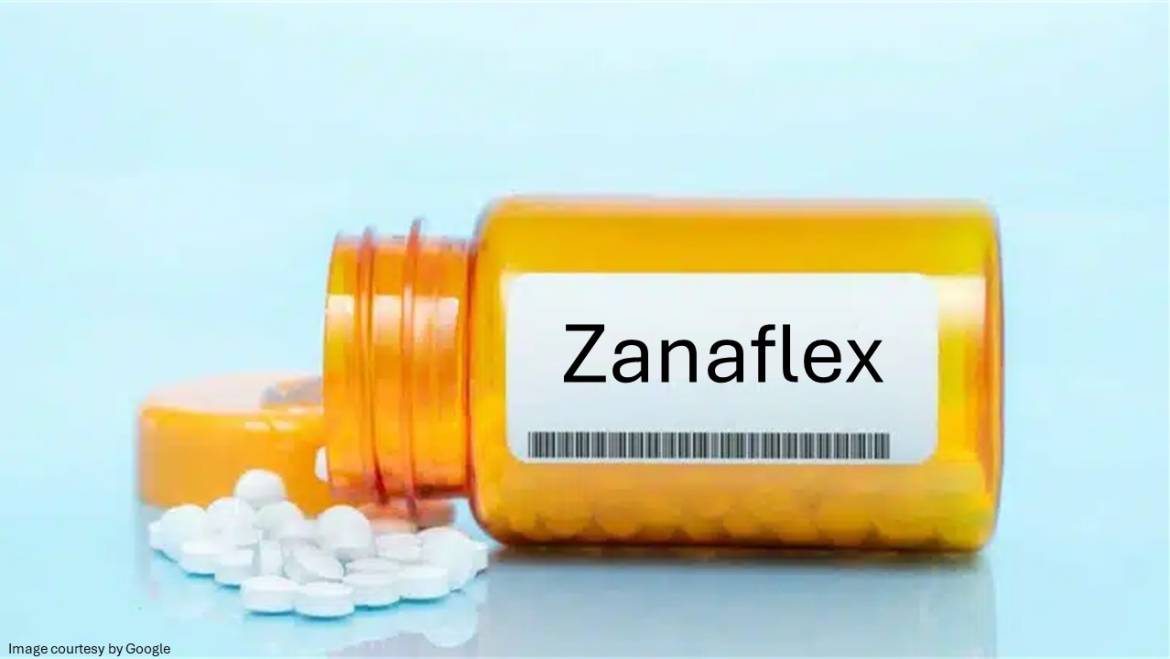Zanaflex is used for the management of muscle spasms that may result from the effects of stroke, multiple sclerosis, an acquired brain injury, or a spinal cord injury. Tizan is a Zanaflex generic and is sold in various strengths. This information guide also focuses on Tizan or Zanaflex uses, dosages, precautions, and side effects.
What is Zanaflex?
Zanaflex 2 mg contains Tizanidine, which belongs to a class of drugs known as muscle relaxants. It is prescribed to relax muscles that have become stiff due to multiple sclerosis or other diseases affecting the spinal cord. Because of the short duration of therapeutic effect, Zanaflex therapy should be reserved for daily activities when relief of muscle spasticity (muscle stiffness and spasms) is most important. Zanaflex generic name is Tizan 2 mg.
Dosage and administration
Zanaflex should be used exactly as your healthcare provider prescribed. General dosage instructions could be as follows:
Your healthcare provider will usually begin you on a single dose of 2 mg, which will increase gradually. Your dosage for Zanaflex should not be increased more often than every three to four days. As the dose increases, your doctor will recommend you spread the dose out to three or four times a day. The suggested daily dose is between 12 and 24 mg. The maximum recommended dose is 36 mg.
Usage in children and adolescents: Tizanidine is not recommended for use in children and adolescents.
Elderly: Your healthcare specialist will decide whether you are a suitable candidate for Zanaflex.
Kidney problem: Tizanidine should be started with a 2 mg once-daily dose. Your healthcare provider will advise you on how to increase your dose.
Method of administration
-
- Zanaflex tablets are for oral administration. Swallow the tablet with a glass of water. You can take the medicine before or after eating. If you have difficulty swallowing it whole, you can break it into 2 pieces.
- If you accidentally swallow a lot of tablets altogether, or if you think a child has swallowed any of the tablets, seek immediate medical help.
- An overdose may cause vomiting, nausea, a slow or abnormal heartbeat, trouble breathing, sleepiness, restlessness, coma, and small pupils.
- Do not discontinue treatment unless your health care provider advises you to. Zanaflex therapy should be discontinued gradually, especially if you have been taking a high dose. Sudden discontinuation of treatment may cause effects such as an increase in heart rate and high blood pressure. Your blood pressure needs to be monitored as the dose is weaned. It is usually weaned over at least 1 to 2 weeks.
- Some individuals can follow the increasing dosage schedule without any health issues. However, if you develop adverse effects when you increase the dose, reduce it to a dosage level where you do not experience significant adverse effects. You may be advised to take a smaller dose for a few weeks to allow your body to develop tolerance before considering the dosage increment.
- If you receive good symptomatic control from the Zanaflex dose at any stage of the dosing regimen, then there is no need to increase the dose further.
- If you need to stop in 2 mg, follow the stepwise pattern above in reverse to gradually reduce the dosage each week or discuss it with your healthcare provider.

Side effects
Like all medications, Zanaflex can cause unwanted effects, although not everyone gets them. You should speak to your healthcare specialist if you develop.
-
- Signs of liver damage, such as yellowing of the eyes or skin or dark urine
- Signs of allergic reaction include itching, nettle rash, sudden wheezing, and signs of liver damage such as swelling of the face, tongue, or lips.
Common side effects include dizziness, stomach problems, dry mouth, drowsiness, weak muscles, tiredness, low blood pressure, trouble sleeping, feeling sick, and abnormal liver tests.
The following adverse effects have also been reported with the use of Zanaflex. However, it is still not understood how often they occur: feeling confused, hallucinations, inflammation of the liver, loss of consciousness, blurred vision, and a feeling of weakness. If any adverse effects become serious or you observe any side effects not mentioned in this information guide, please inform your healthcare provider.
When you stop Zanaflex uses
The following side effects have been observed when patients discontinue treatment with Zanaflex after a long duration, especially in patients on a high dose of Tizanidine or patients who take this medication with other drugs used to reduce high blood pressure: increased heart rate, high blood pressure.
Zanaflex special information
-
- Do not take Zanaflex if you are allergic to Tizanidine or any other ingredients in the medicine, have liver problems, or are taking ciprofloxacin or fluvoxamine.
- Take special care with Tizan if you have kidney problems or an intolerance to certain sugars.
Taking other medications
Let your healthcare provider know if you are taking or have recently taken any other medications obtained without a prescription. This is especially applicable if you are taking any of the following:
-
- Antibiotics like enoxacin, rifampicin, or norfloxacin.
- Cimetidine for stomach ulcers
- The oral contraceptive pill
- Ticlopidine to thin the blood
- Medications that may make you drowsy ex-sedatives (temazepam, diazepam, etc.)
admin
Latest posts by admin (see all)
- Sildenafil Jelly – A Faster-Acting Alternative to Traditional ED Tablet - August 22, 2025
- Not Just Thirsty: Surprising Signs Your Body Is Dehydrated - August 8, 2025
- Bone Health Beyond Calcium: Underrated Nutrients You’re Probably Missing - August 8, 2025



